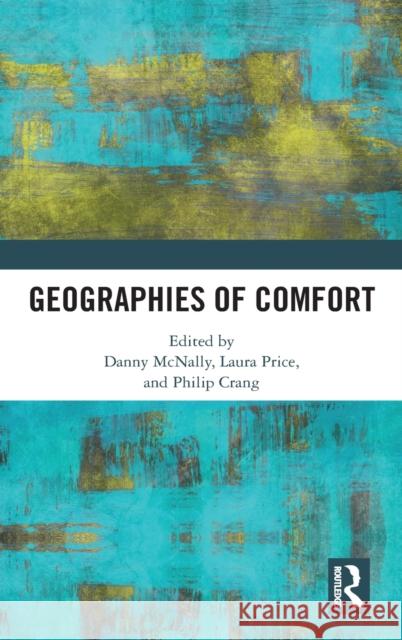Geographies of Comfort » książka
Geographies of Comfort
ISBN-13: 9781472454027 / Angielski / Twarda / 2020 / 282 str.
Geographies of Comfort
ISBN-13: 9781472454027 / Angielski / Twarda / 2020 / 282 str.
(netto: 672,22 VAT: 5%)
Najniższa cena z 30 dni: 654,86
ok. 22 dni roboczych.
Darmowa dostawa!
To be in one's comfort zone is perceived to be conservative, and socially and culturally unadventurous. At the same time the embodied, material experience of 'comfort' is anticipated for satisfying experiences of everyday life. To comfort is to support and strengthen. Bringing together conceptual and empirical research that deploys the lens of comfort to make sense of the textures of everyday life in a variety of geographical contexts, this is the first volume to engage critically with 'comfort' and 'discomfort' as substantive concerns for Human Geography. Comfort and discomfort have come to the fore in a range of works examining the relations between place and emotion, the senses, affect and materiality. This emergence reflects in part, we argue, how questions of comfort intersect humanistic, cultural-political and materialist registers of understanding. Geographers, anthropologists, sociologists and historians have recognized 'comfort' as more than just an emotion through which we understand the world; rather, through its presence, absence and pursuit worlds are actively made and un-made. Advancing this recognition, in this volume we will engage seriously with 'comfort' as both an analytic approach and object of analysis. Geographers have begun to generate rich empirical materials on '(dis)comfort' and '(dis)comforting' experiences but, despite its colloquial prevalence as a term to understand our relationship to space and place, the disciplinary engagement with comfort remains largely under-theorized and in need of consolidation. Human Geography would benefit from a sustained commitment to defining, understanding and developing 'comforting geographies'; this book meets that need. Comfort and discomfort, we argue, provide a lens through which to develop new insights on central geographical themes, including embodied relationships to environments, encounters with difference, the material textures of place, and spaces of health an











